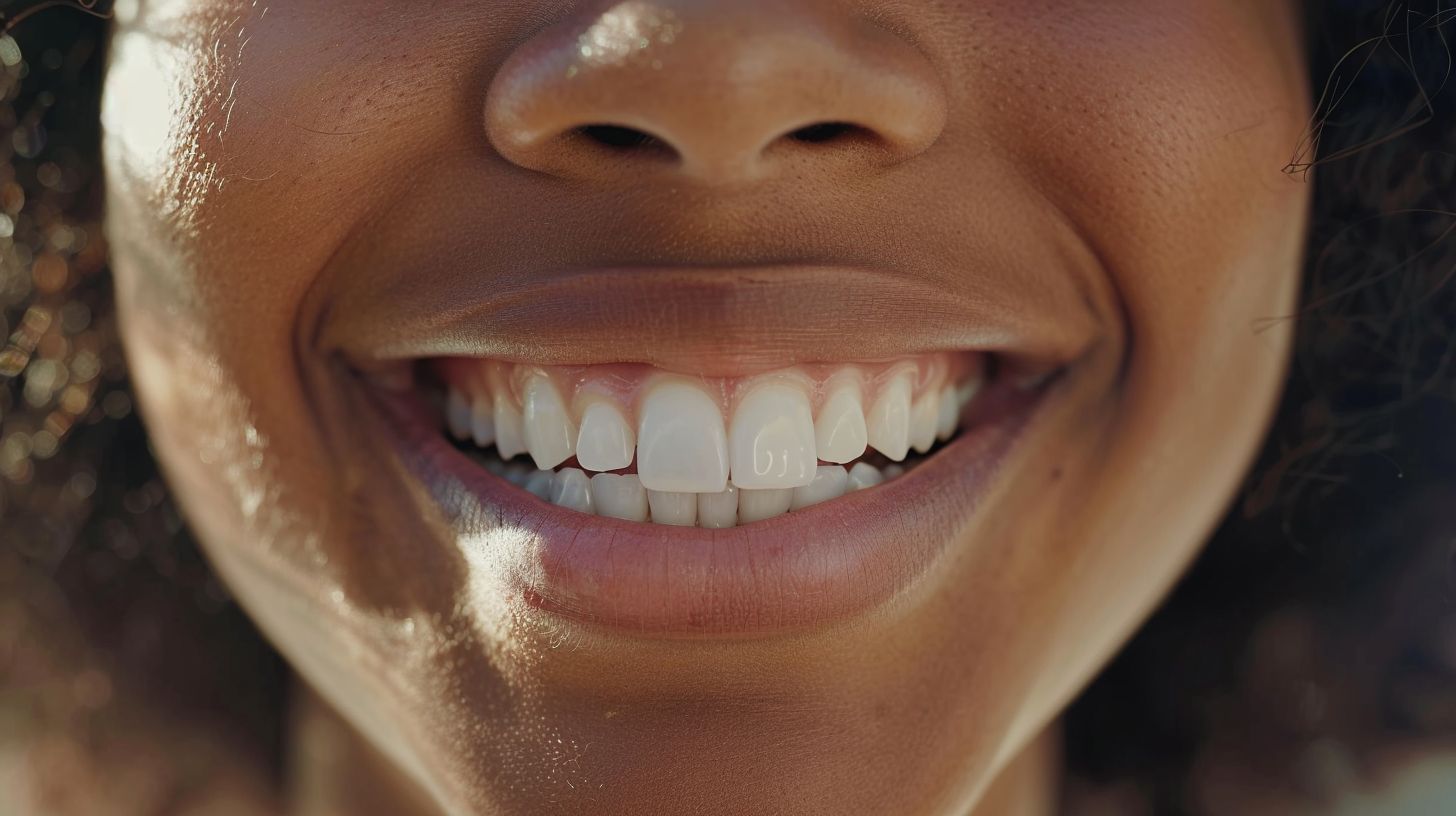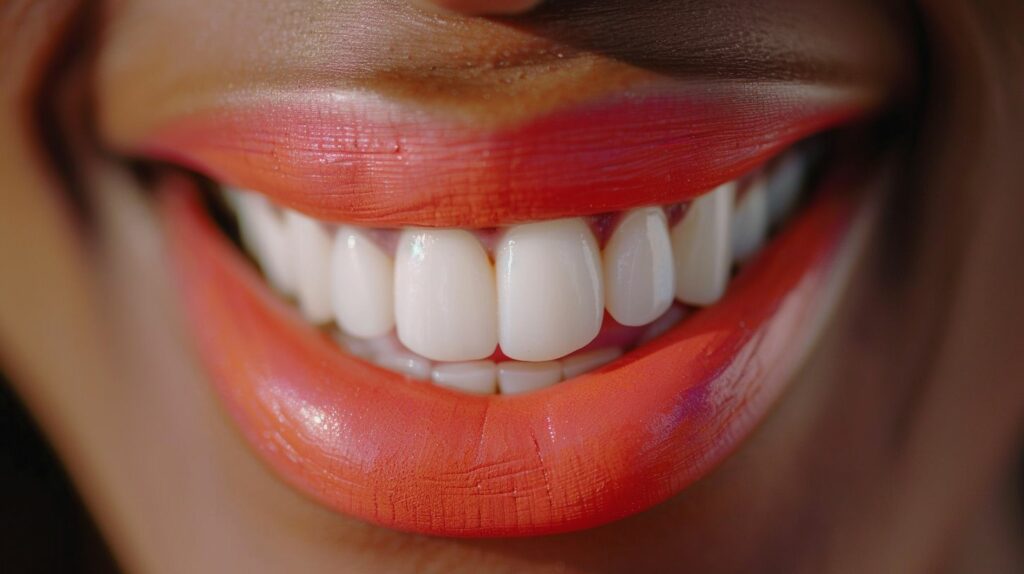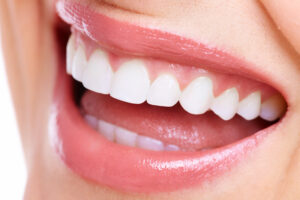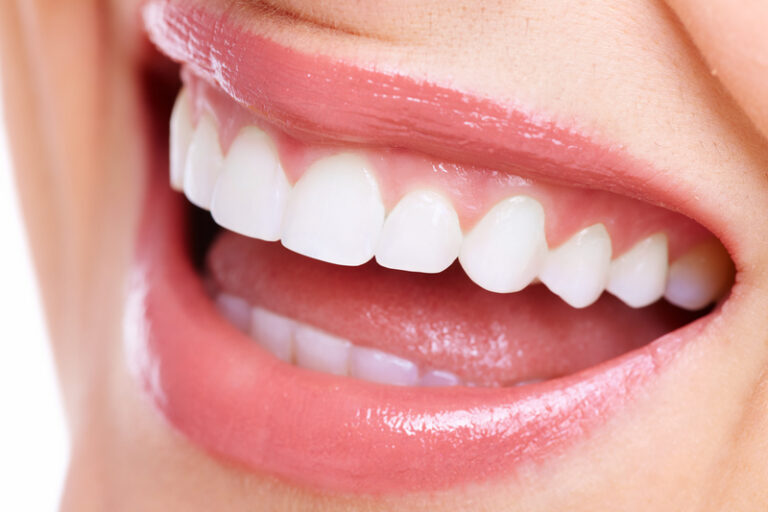
Having healthy gums is key to a great smile. Gum grafting surgery helps fix thin or pulled-back gums. This article will guide you on how gum grafts can improve your mouth’s health and look better.
Keep reading to learn more!
Key Takeaways
- Gum grafting fixes receding gums by adding new tissue, which fights tooth decay, reduces sensitivity, and can prevent bone loss around teeth.
- The surgery involves taking tissue from another part of the mouth or using donor material to cover exposed tooth roots, enhancing both oral health and the appearance of the smile.
- Preparing for gum grafting surgery includes discussing health history with a dentist, arranging transportation home post-surgery due to anesthesia effects, following dietary restrictions before the procedure, and maintaining good oral hygiene.
- Recovery after gum graft surgery requires following dentist’s directions closely, managing pain with prescribed medication, eating soft foods to avoid disturbing healing gums, using ice packs to reduce swelling, and attending follow-up visits for monitoring healing progress.
- Benefits of gum grafting include protecting against further periodontal disease progression by covering exposed roots that are prone to damage and decay while also improving the aesthetic look of one’s smile by making gums appear healthier and more even.
Understanding Gum Grafting

Gum grafting helps fix receding gums by adding new tissue. It’s for people whose gums have pulled back, showing more of their teeth.
What is a Gum Graft?
A gum graft is a dental procedure to fix thinning gums or gum recession. It involves taking tissue from another part of the mouth and attaching it to the area where the gums have receded.
This surgery helps cover exposed tooth roots and adds thickness to the gum edge, making your mouth healthier.
People with severe gum disease, naturally thin gums, or those who brush their teeth too hard might need this treatment. A specialist called a periodontist usually does the surgery.
Gum recession can lead to tooth decay, sensitivity, and bone loss around teeth. By doing a gum graft, these problems can get better or even go away.
Who Needs Gum Grafting?
People with severe gum disease often need gum grafting. If you have gums that are pulling away from your teeth, this procedure might be for you. Those who have thin gums due to genetics or harsh brushing habits could also benefit.
It helps strengthen and protect the tissue around your teeth.
Gum grafting isn’t just for health; it’s also good for looks. When your gum line recedes, it can make your teeth look longer and affect your smile. By adding more tissue, gum grafting can make your smile more attractive.
Dentists recommend this surgery to keep your mouth healthy and improve how it looks.
The Process of Gum Graft Surgery

Getting ready for gum graft surgery might make you feel nervous, but know that it’s a step towards better oral health. First, the dentist will talk to you about what to expect and how to get ready for the day of your procedure.
During the surgery, they use local numbing medicine so you won’t feel pain. They carefully place new gum tissue where yours has worn away. Afterward, healing takes time—your mouth may feel sore and eating certain foods might be tough for a while.
But following your dentist’s advice on care can help speed up your recovery!
Preparation for the Procedure
Getting ready for gum graft surgery means taking some important steps. These steps help make sure the procedure goes smoothly and safely. Here’s what patients need to do:
- Talk with your dentist about your health history and any medicines you take. This talk will help avoid any problems during the surgery.
- Arrange for someone to drive you home after the surgery. You’ll be under local anesthesia, meaning you might feel drowsy or not fully alert.
- Follow your dentist’s advice on not eating or drinking before surgery. This usually means no food or drink after midnight the day of your procedure.
- Stop smoking and avoid certain medicines before the procedure if your dentist advises this. Smoking can slow down healing, and some medicines might cause more bleeding.
- Brush your teeth gently but carefully in the days leading up to the surgery. Good oral hygiene helps reduce the risk of infection.
- Use a special antibacterial mouthwash if your dentist suggests it to fight off germs in your mouth.
- Rest well the night before your surgery. A good night’s sleep can help you feel more relaxed and ready for the procedure.
These steps play a big part in ensuring that gum grafting improves both oral health and the look of one’s smile effectively and safely.
During the Surgery
After getting everything ready for the procedure, the next step involves the actual surgery. This part is essential in treating periodontal disease and preventing further dental troubles. Here’s what happens during the gum grafting surgery:
- The periodontist gives you a local anesthetic. This makes sure you don’t feel pain during the surgery.
- They then clean the area needing treatment to remove any plaque or tartar—a hard mineral buildup.
- The dental specialist carefully cuts a small piece of tissue from your palate or uses donor material. This piece will be used as the new gum tissue.
- They place this tissue over the area where your gums have receded.
- The periodontist stitches this new gum tissue into place around your teeth to hold it securely.
- They might also use a special glue – like substance to help protect the area and aid healing.
The whole process takes care of exposed roots, reduces tooth sensitivity, and fights off infection risks related to periodontal disease. This surgery not only aims at improving oral health but also enhances how your smile looks by covering up exposed tooth roots and making gums look healthier.
Post-surgery, follow-up visits are necessary to check on healing and ensure the graft is successful, leading towards better dental health and comfort for patients with periodontal problems.
Post-Procedure Recovery
Recovering from gum graft surgery takes time and care. Patients might feel swelling, discomfort, and sensitivity for a few weeks. Here’s how to handle recovery:
- Follow the dentist’s orders closely. They know best how to heal your mouth.
- Take medicine as prescribed to ease pain and prevent infection.
- Eat soft foods. Hard or sticky snacks can harm the healing gums.
- Stay away from hot food and drinks until your mouth heals. Warmth can increase swelling.
- Use ice packs on your face to reduce swelling and bruising.
- Keep the mouth clean with gentle rinsing as recommended by the dentist—usually with salt water or a special mouthwash.
- Avoid brushing the graft area directly at first to not disturb it.
- Skip strenuous activities for a couple of days; rest helps your body heal faster.
- Attend follow – up visits so the dentist can check on your healing progress.
Taking good care of yourself after surgery is key to getting back to normal quickly!
Advantages of Gum Grafting for Periodontal Disease

Gum grafting helps fight tooth loss by fixing receding gumlines. It also boosts your smile, making it brighter and healthier.
Benefits to Oral Health
Gum grafts are great for fighting gum disease and stopping cavities. This procedure helps gums stay healthy by covering exposed roots, which can get damaged and lead to tooth loss.
Healthy gums mean less risk of tooth decay because the graft acts like a shield against bacteria. With stronger gums, teeth stand firm and don’t move around.
This surgery also makes teeth feel better by lowering sensitivity. When roots are covered, hot or cold foods won’t make you jump through the roof from pain anymore. Plus, keeping up with daily brushing and flossing becomes easier when your gums and teeth aren’t hurting.
Stronger, healthier gums create a solid base for your oral care routine, leading to overall better mouth health.
Improvement in Aesthetic Appearance
Improving your oral health through procedures like gum grafting often leads to better looks too. Patients find their smiles more pleasing after the surgery. Their gums look healthier and more even, which boosts their confidence.
Gum grafting can change how you feel about your smile. If periodontal disease has made your gums recede or look uneven, this procedure helps a lot. Your dentist can use different methods to make sure your gums complement your smile best.
This boost in appearance goes hand-in-hand with stronger teeth and healthier gums.
Conclusion

Gum grafting helps people with gum disease by covering up tooth roots and making gums thicker. This surgery makes teeth healthier and smiles look better. A periodontist does this work, adding healthy tissue to where it’s needed most.
After the surgery, your mouth heals, and you keep seeing your dentist to make sure everything stays right. Gum grafting not only fights off gum disease but also cuts down on tooth pain and protects against cavities, making it a smart choice for a happier mouth and a brighter smile.
FAQs
1. What is gum grafting, and why do I need it if I have periodontal disease?
Gum grafting is a surgical procedure where periodontists transplant tissue to fix areas with severe gum recession. It’s vital for patients with periodontal disease because it helps protect your teeth from the effects of gingivitis, like tooth sensitivity and loss.
2. How does gum grafting benefit my oral health?
This procedure not only fights off bad breath but also supports bone growth around your teeth. By adding healthy tissue, gum grafts work as a scaffold for new growth—strengthening your jawbone and reducing tooth mobility.
3. Will getting a gum graft improve my chances of successful dental implants?
Absolutely! Gum grafts create a strong foundation of soft tissue that’s essential for dental implants to take hold. Plus, they help ensure the surrounding bone tissue is robust enough to support these new additions.
4. Is there more than one type of gum graft?
Yes! From connective-tissue grafts to acellular dermal matrix transplants, each type serves different needs—like covering exposed roots or building up thin gums. Your dentist will suggest the best option based on your specific condition.
5. What can I expect during the postoperative care phase after a gum graft?
Expect some soreness, but nothing you can’t handle with guidance from your dental team! You’ll need to stick to soft foods, avoid brushing the grafted area directly at first, and follow any personalized advice from your dentist about mouth rinses or medications.
6. Can anyone get a gum graft or are there restrictions?
Most people suffering from periodontal issues can undergo this treatment; however, factors like overall health and the extent of gum damage play into eligibility too. Always consult with a professional at your dental clinic—they’ll assess whether it’s right for you.








